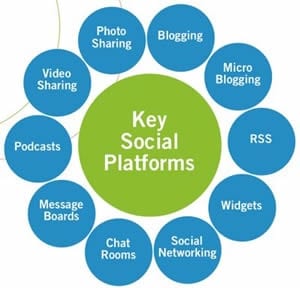The Promise and the Reality of Collaborative Innovation
Practitioners in each new field emerge to explore its early, exciting promise, reconciling that potential with the results they achieve in reality. The rapidly emerging and rapidly evolving field of collaborative innovation is no different in this regard. In this article Doug Collins shares his perspective on the current state of affairs in terms of where the field stands, relative to the claims made on its behalf.




